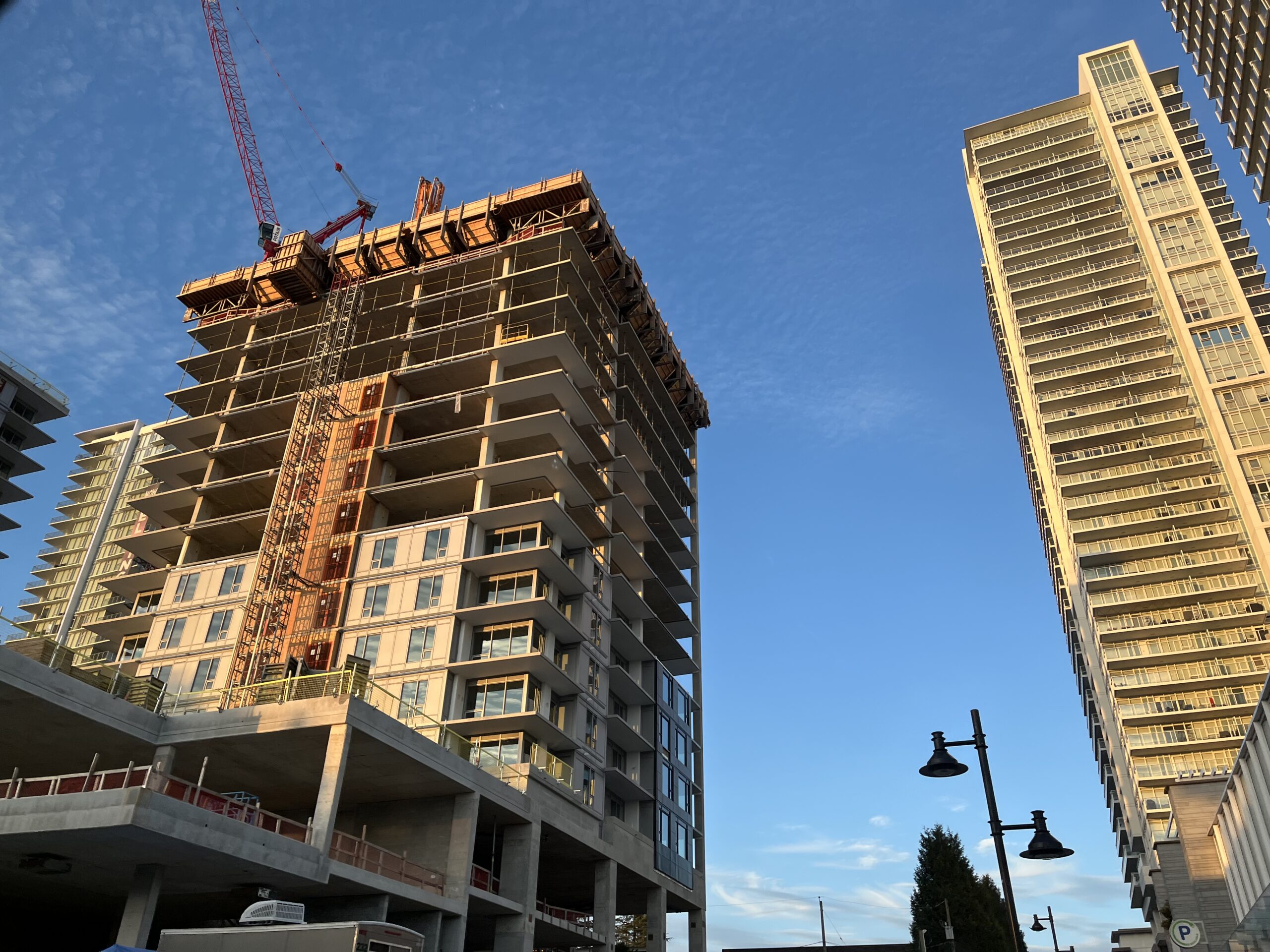As Vancouver’s housing affordability challenges persist, innovative living arrangements like co-living spaces have gained popularity, especially among young professionals, students, and newcomers. Co-living—where residents share common areas but have private bedrooms—offers an alternative to traditional renting or home ownership. This article explores how co-living fits into Vancouver’s housing landscape, highlighting its advantages, disadvantages, and what locals really think.
What Is Co-Living?
Co-living is a modern form of shared housing that combines private living spaces with communal amenities such as kitchens, lounges, coworking spaces, and recreational areas. Unlike typical shared apartments or houses, co-living spaces often come fully furnished, include utilities and Wi-Fi in rent, and provide a community-oriented lifestyle.
Why Is Co-Living Rising in Vancouver?
Affordability Crisis
Vancouver’s housing market ranks among the least affordable globally. According to the Real Estate Board of Greater Vancouver (REBGV), the benchmark price for detached homes was around $1.7 million in 2025, with rental vacancy rates below 2% (REBGV). Co-living offers a cost-effective solution by splitting expenses and reducing individual financial burdens.
Urbanization and Lifestyle Preferences
Young workers and students moving to Vancouver often prioritize convenience and community over space. Co-living properties are usually located near transit hubs and employment centers, aligning with Vancouver’s push for transit-oriented development.
Flexible Leasing
Co-living providers typically offer shorter lease terms compared to traditional rentals, appealing to transient populations such as contract workers and international students.
Read more: The Role of Technology in Vancouver Real Estate: Virtual Tours and Smart Homes
Pros of Co-Living in Vancouver
1. Lower Costs
Rent in co-living spaces is generally lower than comparable private apartments because residents share costs for utilities, internet, and amenities. According to RentBoard.ca, the average one-bedroom rental in Vancouver is around $2,100/month, while co-living arrangements often range from $800 to $1,300/month per person (RentBoard).
2. Built-in Community
Many residents appreciate the social aspect of co-living. Platforms like Reddit feature numerous testimonials praising co-living for combating isolation in a big city.
“I moved into a co-living space last year and have made lifelong friends. It’s perfect for someone new to the city,” says user u/VanCityNomad on r/Vancouver.
3. Convenience
Co-living units often come fully furnished, with flexible lease terms and included utilities, reducing hassles for tenants.
Read more: How Aging Population Trends Influence Vancouver Housing Demand
4. Sustainability
Sharing resources like appliances and common spaces reduces the overall environmental footprint per resident, supporting Vancouver’s green initiatives.
Cons of Co-Living in Vancouver
1. Privacy Concerns
Living closely with others means less privacy. Shared kitchens, bathrooms, and communal areas can lead to conflicts.
Reddit user u/QuietCorner shared on r/VancouverHousing:
“Co-living was fun initially but I quickly missed having my own space, especially during busy workdays.”
2. Limited Control Over Living Environment
Residents may have less control over noise, cleanliness, and guest policies, which can affect comfort.
3. Variable Quality
Not all co-living operators maintain the same standards. Some spaces may suffer from poor management, leading to maintenance issues.
4. Lease Restrictions and Rules
While flexible, some co-living arrangements have strict house rules and curfews that might not suit everyone.
What Experts Say
Urban planners and housing experts note co-living’s potential but caution it’s not a silver bullet.
Dr. Susan Jones, a housing economist at Simon Fraser University, explains:
“Co-living can address some affordability challenges, particularly for young professionals and newcomers, but it doesn’t replace the need for more affordable, permanent housing solutions.” (SFU Housing Study)
The City of Vancouver acknowledges co-living as part of its broader housing strategy, especially as it encourages densification and sustainable living models. However, officials stress ensuring safety, habitability, and tenant rights in these developments.
Examples of Co-Living in Vancouver
Some notable co-living projects include:
- Outpost Co-Living: Located in Mount Pleasant, offering furnished rooms with shared kitchens and lounges.
- Haven Co-Living: Focused on flexible leases and community events in central Vancouver.
These spaces typically target young adults and professionals seeking affordable urban living with social connectivity.
Should You Consider Co-Living?
Co-living is an attractive option if you:
- Need an affordable housing solution near work or school.
- Value social interactions and community.
- Prefer flexible lease terms and minimal hassle.
It might not be ideal if you:
- Require significant privacy or quiet.
- Prefer to customize and control your living space.
- Need a family-oriented or long-term home environment.
Conclusion
Co-living in Vancouver is rising as a practical, community-focused response to housing affordability and urban lifestyle demands. While it offers cost savings, convenience, and social benefits, it also presents challenges around privacy and personal space. As Vancouver’s housing landscape evolves, co-living will likely continue growing as one option among many to meet diverse resident needs.
FAQs
Q: What is co-living?
A: Co-living is a shared housing model where residents have private bedrooms but share common spaces and amenities.
Q: Is co-living legal in Vancouver?
A: Yes, but it must comply with local zoning and safety regulations. The city monitors these developments to ensure habitability.
Q: How much does co-living cost in Vancouver?
A: Typically between $800 to $1,300 per month, depending on location and amenities.
Q: Who is co-living best suited for?
A: Young professionals, students, newcomers, or anyone looking for affordable, social urban living.
My name is Jay, a longtime Metro Vancouverite sharing local real estate tips and my own photos of the city’s homes and neighbourhoods here on Vancouver Home Hub. Hope you find my blog useful! Feel free to reach out anytime at vancouverhomehub@gmail.com if you have questions.


Leave a Reply